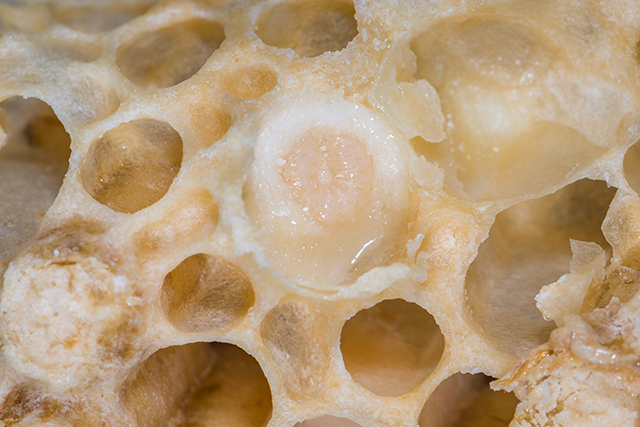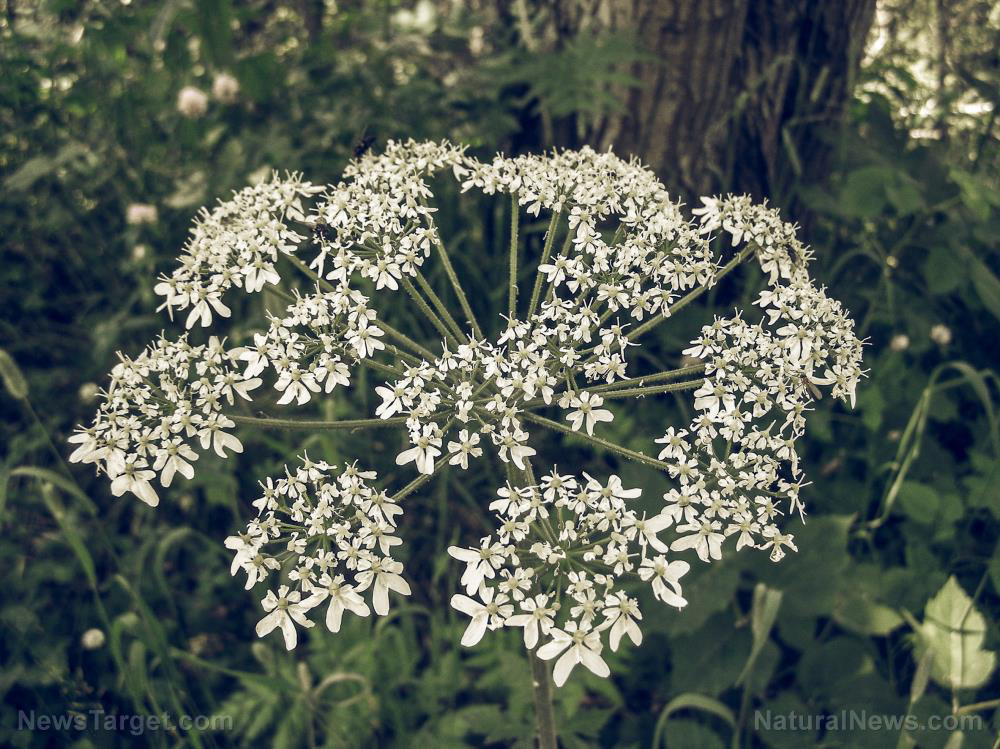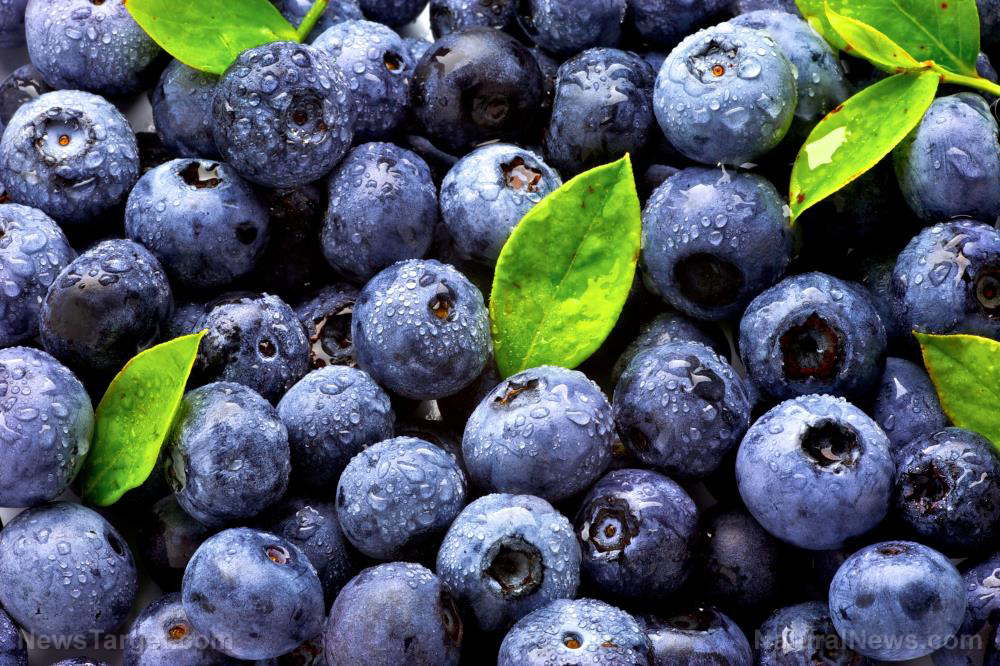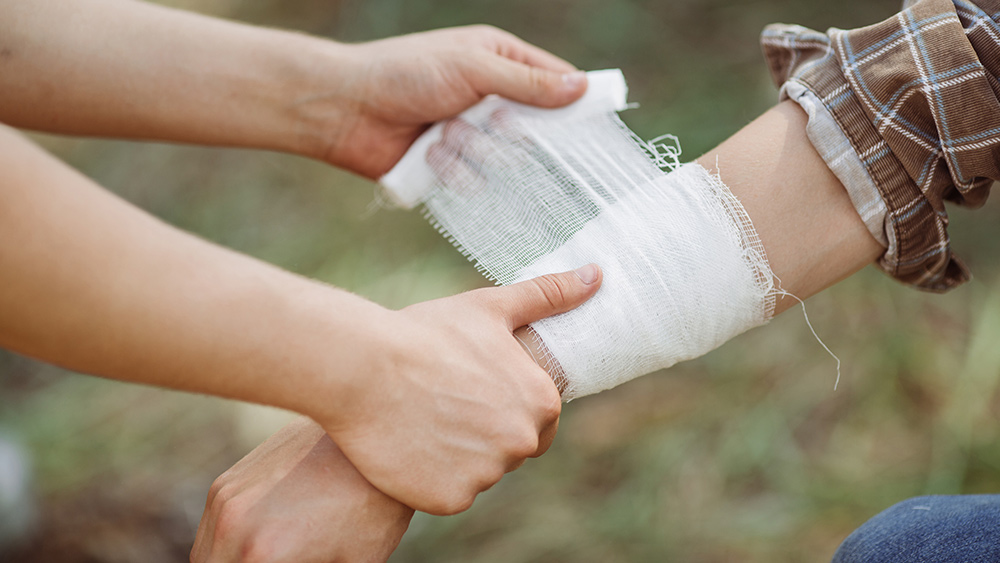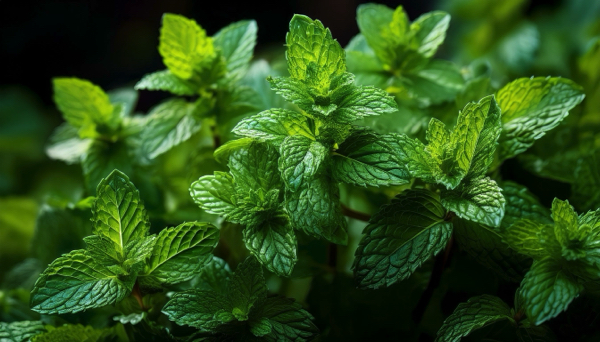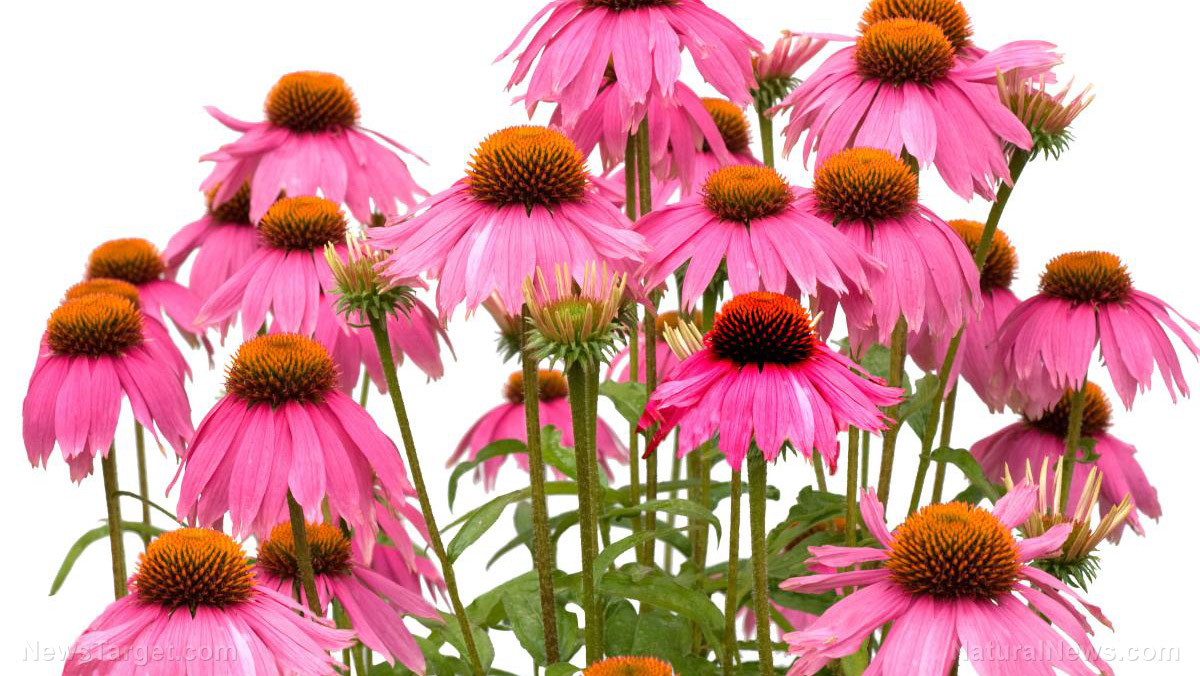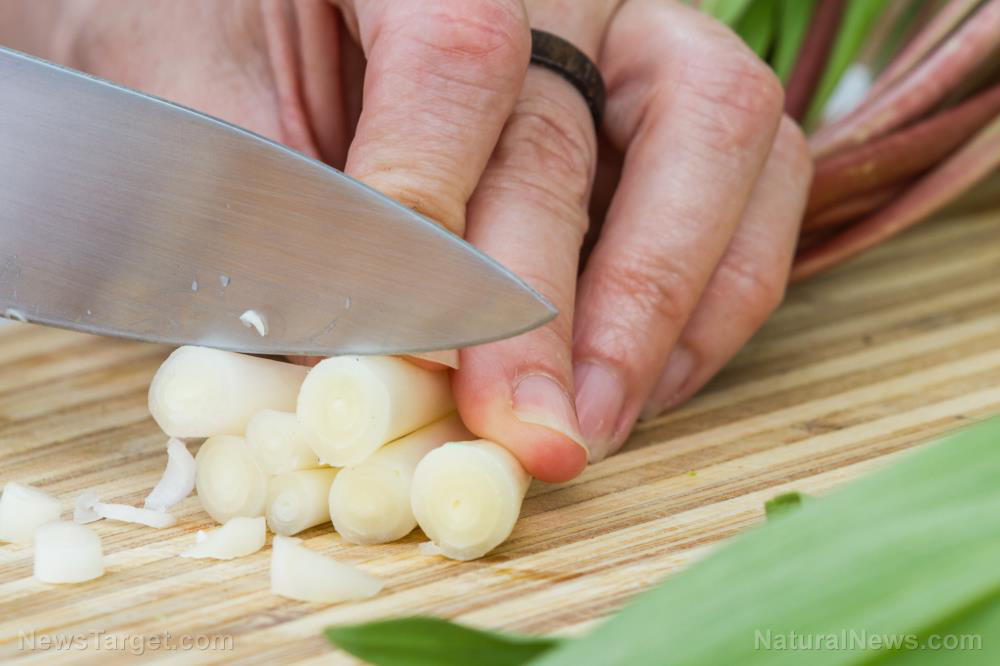The link between nightshades, chronic pain and inflammation
09/08/2023 / By News Editors
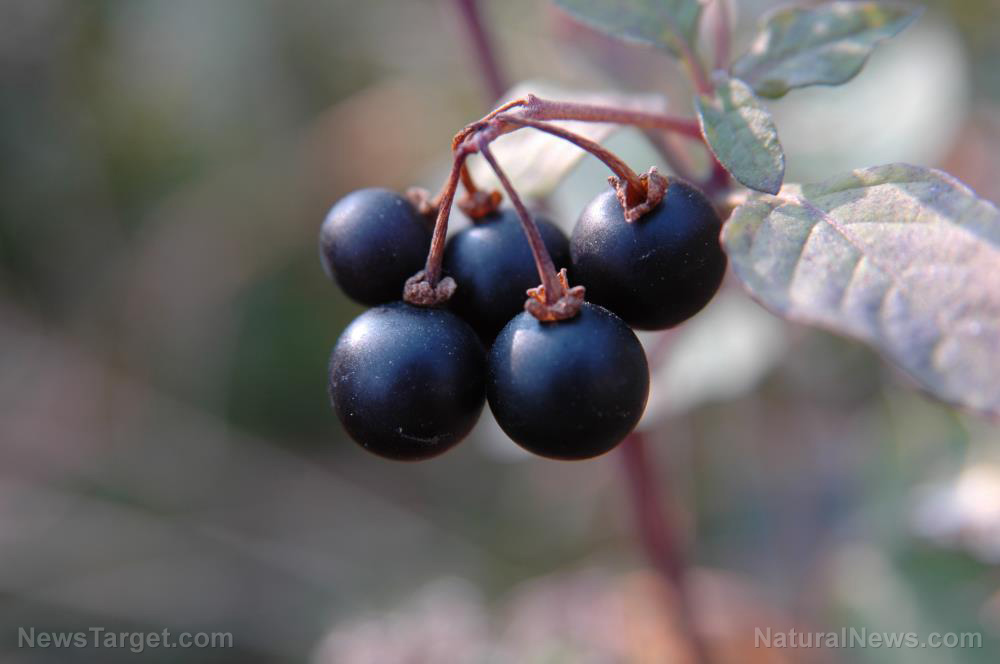
Few people are familiar with the term nightshades, and many will be surprised to learn that consuming foods from this plant group may be contributing to their pain and inflammation
(Article by Elisha McFarland republished from GreenMedInfo.com)
Nightshades belong to the Solanaceae family which includes over 2,000 species. They also include some of the most popular foods consumed today; such as tomatoes, potatoes, all types of peppers, and eggplant. Although not truly nightshades, blueberries, huckleberries, goji berries and ashwaganda all share the same alkaloids which may have inflammation-inducing properties.
The Solanaceae family contains cholinesterase inhibiting glycoalkaloids and steroid alkaloids including, among others, solanine in potato and eggplant, tomatine in tomato, nicotine in tobacco, and capsaicin in garden peppers. The glycoalkaloids in potatoes are known to contribute to Irritable Bowel Syndrome (IBS) and negatively affect intestinal permeability. (1,2) According to Dr. Marvin Childers, “When these inhibitors accumulate in the body, alone or with other cholinesterase inhibitors such as caffeine or food impurities containing systemic cholinesterase inhibiting pesticides, the result may be a paralytic-like muscle spasm, aches, pains, tenderness, inflammation, and stiff body movements.” (3) These symptoms may dissipate in a few hours or days if ingestion is stopped, based on the sensitivity of the individual, the amount of nightshades consumed on a regular basis and their level of inflammation. However for some heavy consumers of nightshades the process of inflammation and pain reduction can take up to 3 months.
After reading the symptoms associated with nightshade consumption, it is easy to understand why one of the major problems attributed to nightshade is arthritis. Arthritis is also the most common disability in the U.S. (4,5) Statistics from a 2007-2009 study show that doctor diagnosed arthritis affects 49.9 million people in the United States alone (6). Osteoarthritis is the most common form of arthritis affecting more than 20 million people. More than 2 million people are affected by rheumatoid arthritis, the most disabling and painful form of arthritis. Arthritis has no boundaries to gender, race or age, it affects young and old alike. (5, 7) In fact it may be surprising to some that an estimated 294,000 children (age 18 and under), have some form of arthritis. (7) In 2003 the medical cost of arthritis alone was approximately 128 billion annually. (4) Since 1994, disability-related costs for medical care and lost productivity have exceeded an estimated $300 billion annually in the United States, this includes arthritis and other rheumatoid related illness (8) Add to these numbers the report released in 2011 by the Institute of Medicine of the National Academies, where an estimated 116 million adults live with chronic pain, which costs the United States $635 billion annually in health care and lost productivity. (9) So the question is how much of these problems are nightshade related? That is the question some researchers are asking, as they believe that arthritis is often misdiagnosed in people who may in fact be experiencing severe side effects of nightshade consumption.
Many who suffer with arthritis or an arthritis related disease such as lupus, rheumatism, and other musculoskeletal pain disorders, have found that consuming foods from the nightshade family is in fact adversely affecting their health. Norman F. Childers, PhD, founder of the Arthritis Nightshades Research Foundation stated: “Diet appears to be a factor in the etiology of arthritis based on surveys of over 1400 volunteers during a 20-year period. Plants in the drug family, Solanaceae (nightshades) are an important causative factor in arthritis in sensitive people.” (3)
Three month challenge
If you want to know if nightshades negatively affect you, take the three month challenge. Avoid all nightshades for three months. (It’s called a challenge for a reason). Be careful to note the nightshade list, and become a label reader as some homeopathics, prescriptions, over the counter medications as well as numerous processed foods contain nightshades. Prescriptions and over the counter medicines may require a discussion with your pharmacist or a phone call to the manufacturer of your over the counter medicines to determine ingredients.
After three months, begin to reintroduce one nightshade at a time. Take note of any aches, pains, stiffness, and loss of energy, headaches, respiratory problems or any other symptoms. You may find as many others have, that the quality of your daily health will dramatically improve after eliminating nightshades from your diet.
The nightshade list
- tomatoes (all varieties, including tomatillos)
- potatoes (all varieties, NOT sweet potatoes or yams)
- eggplant (aubergine)
- okra
- peppers (all varieties such as bell pepper, wax pepper, green & red peppers, chili peppers, cayenne, paprika, etc.)
- goji berries
- tomarillos (a plum-like fruit from Peru)
- sorrel
- garden huckleberry & blueberries (contain the alkaloids that induce inflammation)
- gooseberries
- ground cherries
- pepino Melon
- the homeopathic “Belladonna” [note: this is highly precautionary as homeopathics contain virtually no measurable “active” chemical]
- tobacco
- paprika
- cayenne pepper
Soy sauce made in the U.S. is generally made with genetically modified (GMO) soy beans, which are cut with the nightshade plant Petunia.
The condiments black/white pepper and pepper corns are not nightshades
Other ingredients and products to avoid
- Homeopathic remedies containing Belladonna [note: this is highly precautionary as homeopathics contain virtually no measurable “active” chemical]
- Prescription and over-the-counter medications containing potato starch as a filler (especially prevalent in sleeping and muscle relaxing medications)
- Edible flowers: petunia, chalice vine, day jasmine, angel and devil’s trumpets
- Atropine and Scopolamine, used in sleeping pills
- Topical medications for pain and inflammation containing capsicum (in cayenne pepper).
- Many baking powders contain potato starch
- Don’t lick envelopes, many adhesives contain potato starch
- Vodka (potatoes used in production)
Read labels carefully because you could be doing everything else right, and still be sabotaged by one small amount of an ingredient.
Never buy a food has that uses the generic term of seasoning or spices…. nightshades may be included in the ingredients.
Learn more about the similarity of tomato lectin with wheat germ lectin (WGA), as well as lectins found in rice and barley:
Rice, Potato, and Tomato May Be As Inflammatory As Wheat
Read more at: GreenMedInfo.com
Submit a correction >>
Tagged Under:
arthritis, chronic pain, disease causes, food science, fruits, glycoalkaloids, health science, inflammation, nightshade, osteoarthritis, phytonutrients, prevention, rheumatoid arthritis, stop eating poison, stop smoking, tips, toxic ingredients, veggie
This article may contain statements that reflect the opinion of the author
RECENT NEWS & ARTICLES
consumerwellness.info is a fact-based public education website published by consumerwellness.info
All content copyright © 2023 by consumerwellness.info
Contact Us with Tips or Corrections
All trademarks, registered trademarks and servicemarks mentioned on this site are the property of their respective owners.




